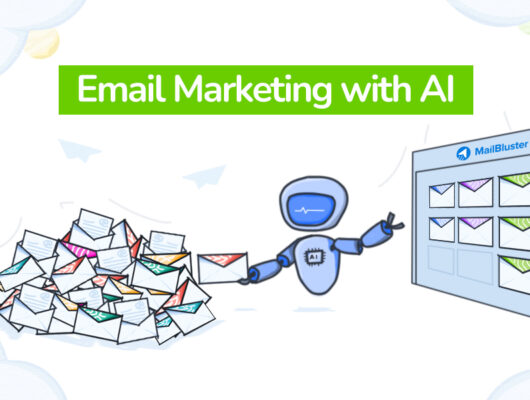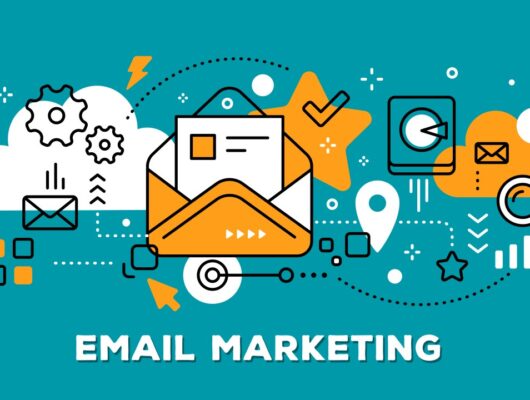In today’s digital marketplace, content marketing is a powerful tool for e-commerce businesses. By creating and sharing valuable, relevant, and engaging content, you can attract potential customers, boost brand awareness, and drive long-term growth.
This article explores how e-commerce stores can effectively use content marketing to captivate audiences and increase sales.
Why Content Marketing is Essential for E-Commerce
- Builds Trust: High-quality content establishes your brand as an authority.
- Boosts SEO: Fresh, keyword-rich content improves search engine rankings.
- Engages Audiences: Creative content keeps potential customers interested.
- Drives Conversions: Compelling content can guide buyers toward purchasing decisions.
Content Marketing Strategies for E-Commerce
- Create a Blog to Educate and Inspire
- Write articles on topics relevant to your products and audience (e.g., “Top 10 Outfit Ideas for Winter” for a fashion store).
- Use how-to guides and tutorials to showcase how your products solve customer problems.
- Incorporate seasonal and trending topics to keep your content fresh.
- Develop Engaging Product Pages
- Use storytelling in product descriptions to highlight features and benefits.
- Add customer testimonials or reviews to build trust.
- Include product videos or interactive demos to enhance the shopping experience.
- Leverage Social Media Content
- Share user-generated content like customer photos or testimonials.
- Post engaging videos, reels, or TikToks showcasing your products in action.
- Use Instagram Stories and polls to interact with your audience.
- Produce Video Content
- Create product tutorials, unboxings, or “how it’s made” videos.
- Use platforms like YouTube, Instagram, and TikTok to reach a wider audience.
- Highlight customer success stories through video testimonials.
- Implement Email Content Marketing
- Send newsletters with tips, updates, and exclusive promotions.
- Personalize emails with product recommendations based on browsing or purchase history.
- Use storytelling to create emotional connections with your audience.
- Develop Downloadable Resources
- Offer free guides, checklists, or e-books (e.g., “Ultimate Skincare Routine for Beginners”).
- Use gated content to capture email addresses and grow your subscriber list.
- Position these resources as solutions to common customer challenges.
- Focus on SEO-Driven Content
- Conduct keyword research to find terms your audience searches for.
- Optimize blog posts, product pages, and landing pages with relevant keywords.
- Use internal and external links to improve site structure and credibility.
- Create Seasonal Campaigns
- Develop content around holidays or shopping events (e.g., Black Friday, Valentine’s Day).
- Highlight seasonal collections or limited-time offers with blog posts and social media content.
- Use themes and hashtags to make seasonal content more engaging.
- Invest in Influencer Collaborations
- Partner with influencers to create authentic content featuring your products.
- Use sponsored posts or videos to reach the influencer’s audience.
- Share influencer-created content on your own channels for added credibility.
- Host Contests and Giveaways
- Encourage customers to create content featuring your products for a chance to win.
- Use hashtags to amplify reach and track submissions.
- Promote the contest through email, social media, and your website.
Best Practices for E-Commerce Content Marketing
- Understand Your Audience
- Create buyer personas to tailor content to their needs and preferences.
- Use analytics tools to understand what content resonates most with your audience.
- Be Consistent
- Develop a content calendar to plan and schedule regular posts.
- Maintain a consistent tone and style across all platforms.
- Use High-Quality Visuals
- Invest in professional photography and design to make content visually appealing.
- Use tools like Canva for creating social media graphics and infographics.
- Promote Content Across Channels
- Share blog posts on social media, in email newsletters, and through ads.
- Use paid promotions to boost visibility for top-performing content.
- Measure Performance
- Track metrics like traffic, engagement, and conversions for each content piece.
- Use tools like Google Analytics, SEMrush, or HubSpot to analyze results.
- Adjust your strategy based on what’s working and what isn’t.
Examples of Successful E-Commerce Content Marketing
- Glossier
- Focuses on user-generated content and real customer stories.
- Combines tutorials, reviews, and social media engagement to build a loyal community.
- IKEA
- Offers practical home improvement guides and DIY tutorials.
- Uses interactive content like room planners to engage customers.
- Patagonia
- Shares in-depth storytelling about sustainability and ethical practices.
- Aligns content with its brand values to connect with like-minded consumers.
Conclusion
Content marketing is a powerful way to grow your e-commerce business by building trust, engaging customers, and driving sales. With the right mix of creativity, strategy, and consistency, your online store can become a go-to resource for your target audience. Start implementing these strategies today, and watch your brand thrive!
Would you like help creating a content calendar, blog topics, or a specific type of content? Let me know!







